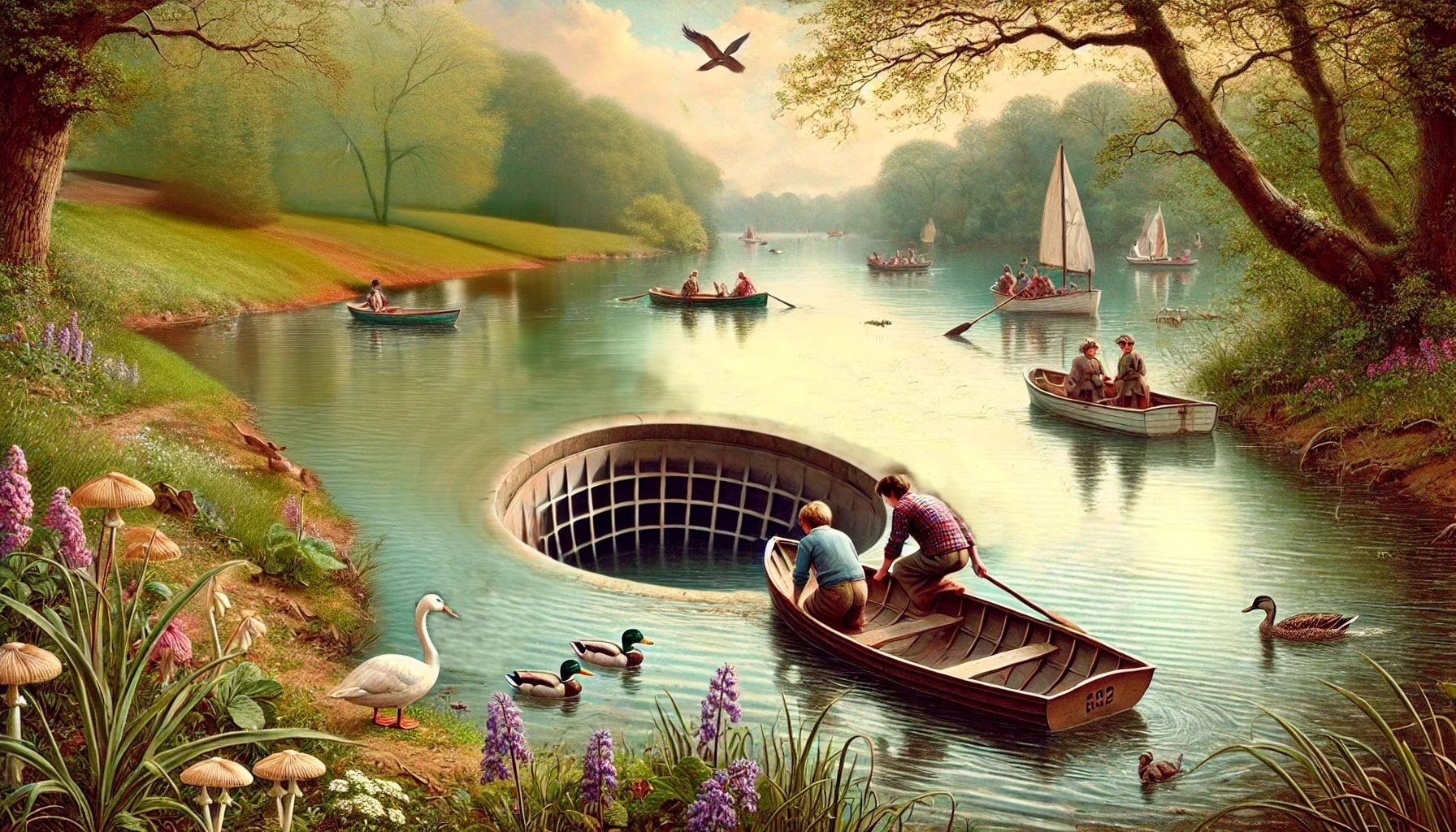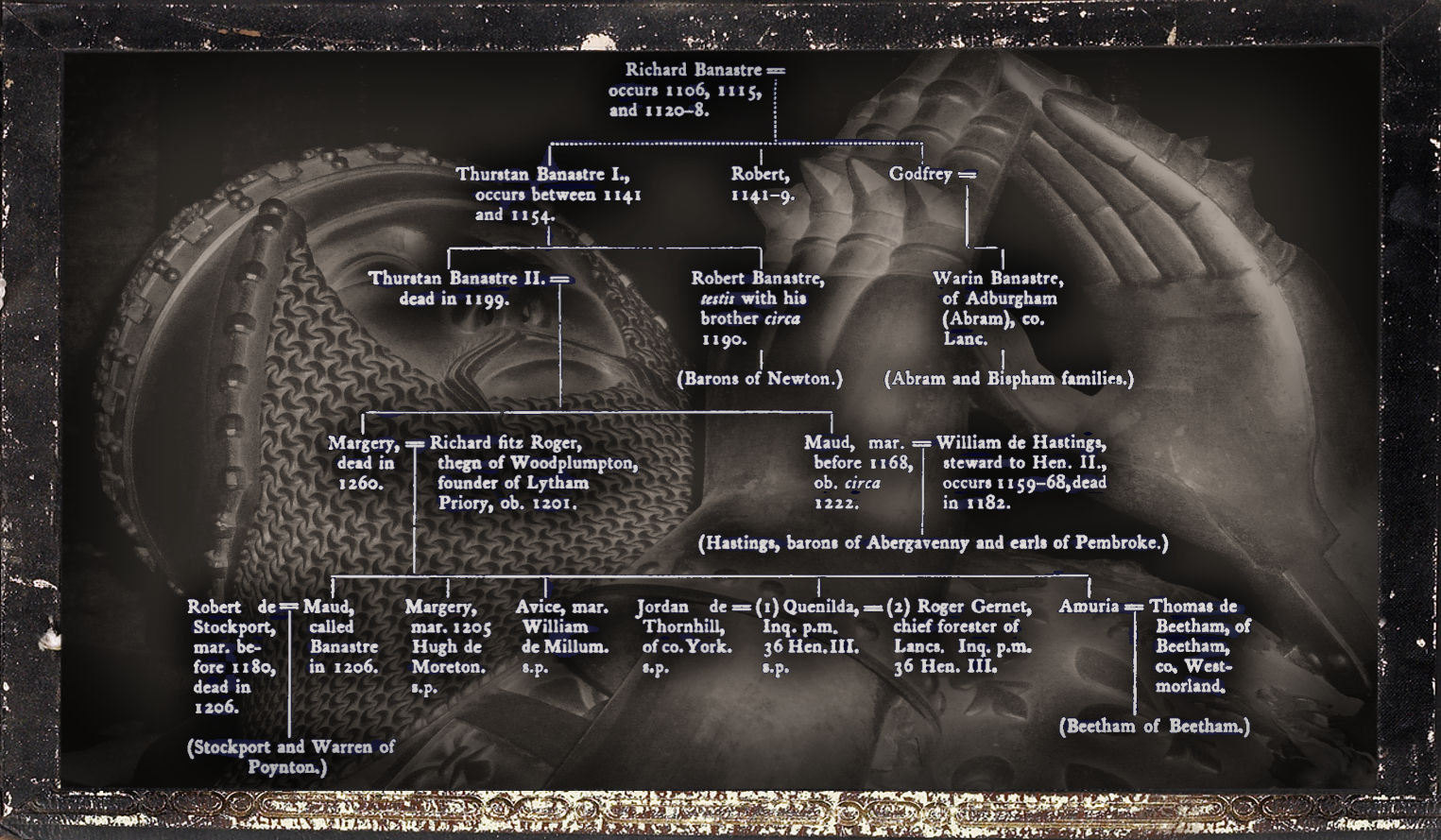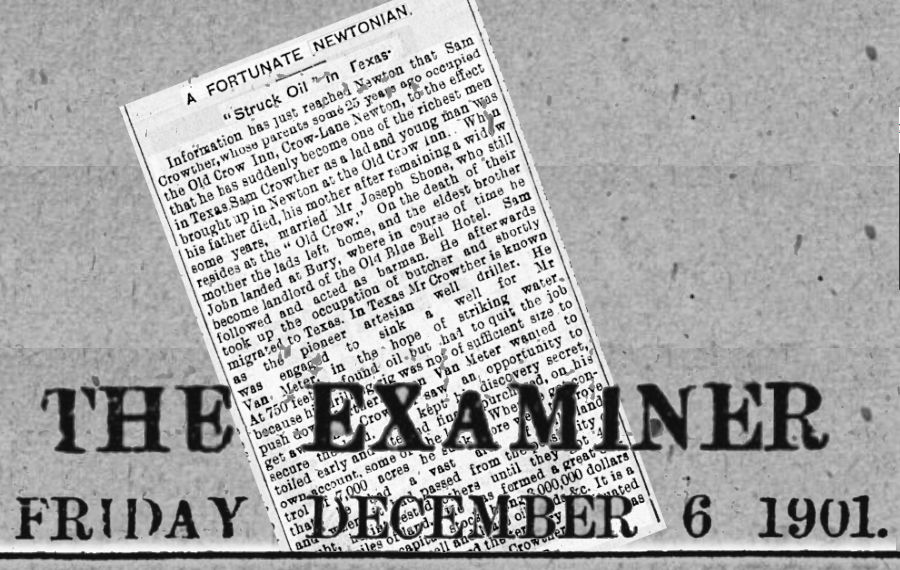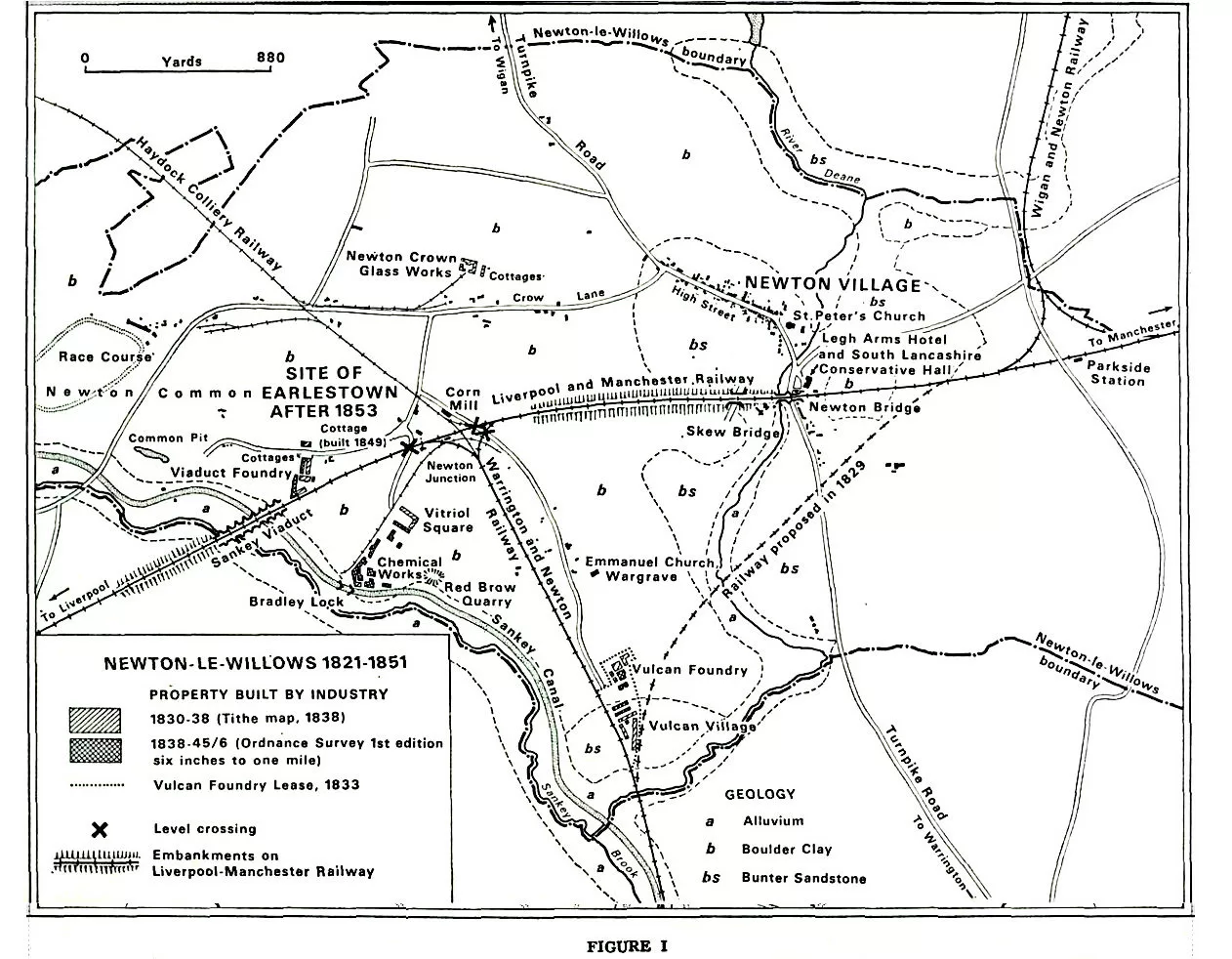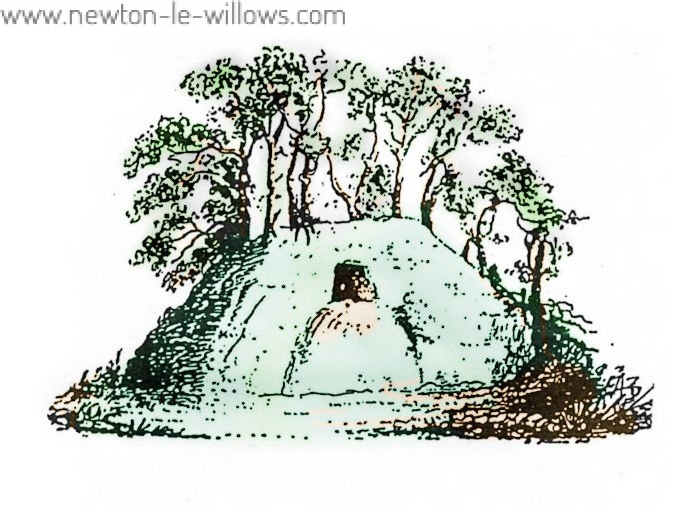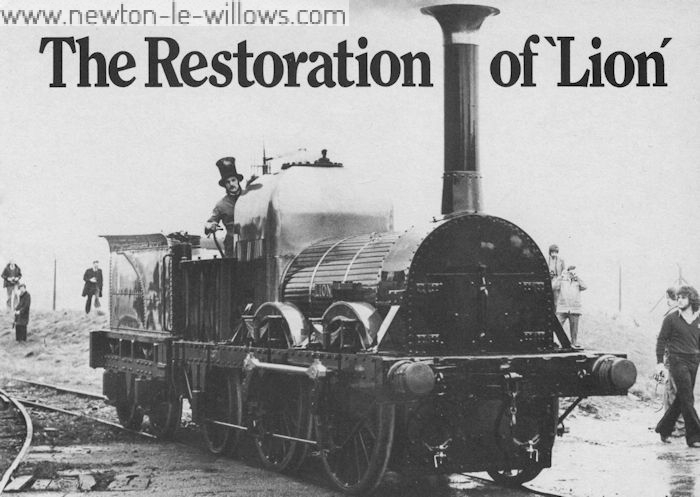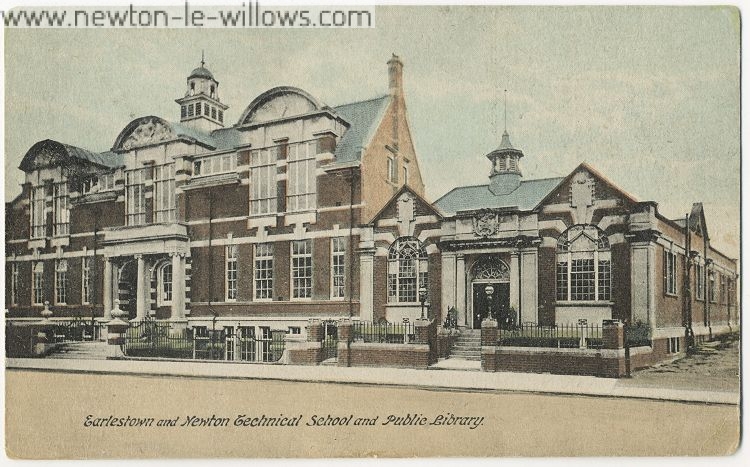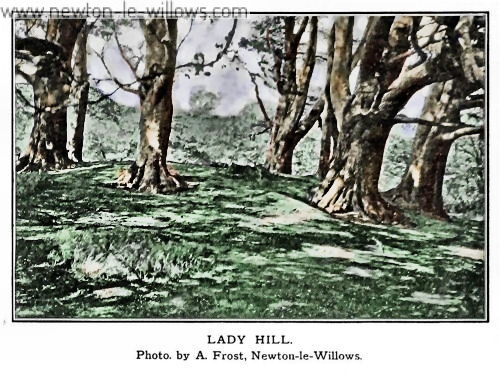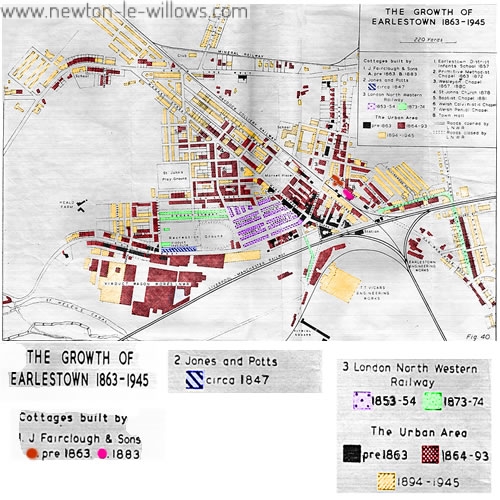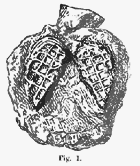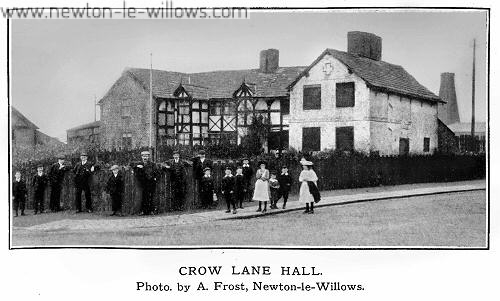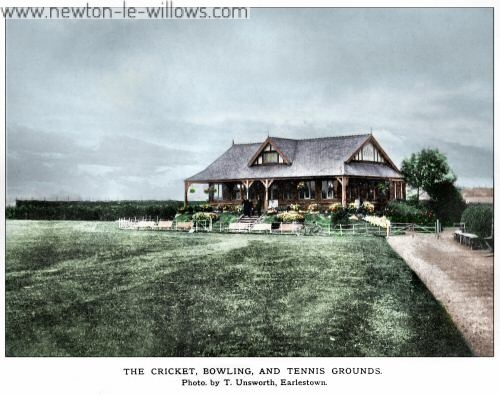GENERAL POST OFFICE Wednesday, November 12, 1800. The post-Boy carrying the Mail on Horseback from WARRINGTON to WIGAN was stopt about Half-past Two o’Clock in the Morning of Sunday 9th inst.. between Winwick and RED Bank MIll, by a Man on Foot, who after a struggle with the Rider pulled him off his Horse which the Robber mounted, and rode away with the Mail, containing the following bags of letters, viz. The Bag from London of Friday, the 7th instant, for Wigan, The Bags from Liverpool and Warrington, for WIGAN, CHORLEY,…
Read More >>Tag: Newton-le-Willows
The Lake – Poem by J H Lane
I. FULL sixty years ago, a pretty vale (Now hidden neath the waters of the lake) Extended, in a winding course, from where The railway arches span the road and brook, To Castle Hill, and thence, diverging, ran Eastwards to Golborne Dale, and westwards joined The little sylvan valley of the Dene. Adown each vale a rippling streamlet flowed, Which, at the hill commingling, journeyed on Twixt flowery banks, and murmured past the spot Where now the strong embankment separates The winding lake and willow-shaded brook, Until it reached the…
Read More >>THE BARONY OF NEWTON IN MAKERFIELD
Historical Overview This liberty is almost conterminous with the Domesday hundred of Newton. During the twelfth century, it was included in the ‘corpus comitatus,’ or sheriff’s charge, at the assized rent of £8 16s. 4d., increased to £11 11s. 4d. in the year 1201. When Robert Banastre received it from Henry II, these lands appear to have been subject to the yearly payment of the former sum. When delivered to his son by the crown in 1204, the tenure was partly by knight’s service and partly in socage. The Banastre…
Read More >>A Timeline of Newton History
Timeline of Newton in Makerfield and Newton-le-Willows This timeline offers a comprehensive overview of the significant historical events that have shaped the regions of Newton in Makerfield and Newton-le-Willows. Spanning from the 12th century to the modern day, the timeline highlights key developments, including landmark charters, pivotal societal changes, and major infrastructural projects that have influenced the growth and evolution of these areas. By documenting these events, the timeline not only chronicles the rich history of Newton in Makerfield and Newton-le-Willows but also reflects the broader historical trends in governance,…
Read More >>1901: A Fortunate Newtonian: “Struck Oil” in Texas
St. Helens Examiner – Friday 06 December 1901 Information has just reached Newton that Sam Crowther, whose parents once managed the Old Crow Inn on Crow Lane in Newton about 25 years ago, has suddenly become one of the richest men in Texas. Raised in Newton at the Old Crow Inn, Sam Crowther experienced his formative years and early adulthood there. After his father passed away, his mother remained a widow for several years before remarrying Mr. Joseph Shona, who still resides at the Old Crow. Following their mother’s death,…
Read More >>Newton-le-Willows 1821-1851
The impact of the Liverpool and Manchester Railway on: Newton-le-Willows 1821-1851 Newton le Willows is situated on the lowlands of south Lancashire, on the route to the north by way of Warrington, Wigan and Preston. From Saxon times until 1830 the village of Newton was in the east of the township, situated on an inlier of bunter sandstone overlooking a crossing place on the River Deane; this sandstone area provided a dry site and a water supply from shallow wells. The remainder of the township is a broad spread of…
Read More >>CASTLE HILL, Newton-le-Willows
1980’s Archaeological Excavations. he text for this post is transcribed from two pamphlets that where produced at the time of the 1980s digs at Castle Hill, to aid public understanding of the work that was being carried out by the archaeologists from Liverpool. Pamphlet #1 Having received permission from the Department of the Environment to excavate a scheduled ancient monument, a North West Archaeological Trust Community Programme is now in the process of investigating an earthwork at Castle Hill, Newton-le-Willows. Although this mound is a recognisable landmark and still stands…
Read More >>The Vulcan Works – Making the Lion roar again
During the early part of 1979, Ruston Diesels Limited, the Company then occupying the historic Vulcan Foundry site, agreed to restore the locomotive Lion which had been a static exhibit for many years in the Transport Gallery of Liverpool Museum. This was to provide project work for apprentices and graduate trainees, and to enable Lion to participate in the forth-coming ‘Rocket 150’ celebrations. On 4 April, the engine arrived at Ruston’s looking rather incongruous on the back of an articulated lorry and during the next few weeks it was stripped…
Read More >>The Public Library – Crow Lane, Newton
The first library in Newton-in-Makerfield was, we believe, the one in connection with the Mechanics Institute held at the Printing Works. It contained some 400 volumes, which had a fair number of readers. Adult members paid 2s. 6d per quarter, 1s 6d. to the library, and 1s to the newsroom; junior members paid 1s. 3d. per quarter, 9d to the library and 6d to the newsroom. In the first quarter (April, May, June, 1853) there were 41 members. In 1868 the now extensive library in connection with the Viaduct Institute,…
Read More >>Lady Hill – Newton-le-Willows
I noted that some questions have been asked about Lady Hill, a barrow or not a barrow? good question, I do not think its ever been investigated, The Rev Simpson conducted an investigation into the Castle Hill barrow/mound in the 1840s and it was also investigated in the c1988, but as far as I can discover, no investigations have been done on the the nearby Lady Hill mound. I have transcribed the following from the 1916 Vol II, J H Lane book on Newton. Its a description of the walk…
Read More >>Newton le Willows: 1830 – 1945
I have spent the last few hours transcribing a thesis by Lynton J. Smith which I was loaned by Geoff Simm into a text file, so that It could be used here into the website, Its a splendid work on the growth of Newton le Willows & Earlestown between 1830 – 1945, at the moment the thesis is missing a few diagrams, but all the text is here, I will add some maps later. NEWTON LE WILLOWS: URBAN GROWTH UNDER THE MICROSCOPE 1830-1945 The spread of urban areas in this…
Read More >>Antiquarian notes on our Neighbourhood
Historical and antiquarian notes on Warrington and its Neighbourhood By John Babson, Esq. The object of the present communication will be to combine as well as I can the evidence from historical records, local traditions, and existing remains, so that each may throw light upon the other, and afford something like a continuous history of the district you have passed through this afternoon. The earliest remains we have to notice are the Tumuli, of which we have two marked on the Ordnance Map, to the east, and a little to…
Read More >>The Barons of Newton
Devices and Armorial Bearings of the Barons of Newton and their Kindred. This is a fragment of the seal of Warin Banastre, son of Robert Banastre, and heir to his brother Richard, who died 23rd April, 1205. This seal was appended to a grant in ” Waletona,” to one Alured, and is amongst the muniments of the Leghs of Lyme, which have supplied most of the seals here engraved. fig. 1 The deed to which this seal is appended being without date, it is uncertain whether it was used by…
Read More >>Crow Lane Hall & Newton Serjeants
This building, probably the oldest in the township, was formerly a moated grange, vestiges of the moat being visible in the boyhood days of some of our septuagenarian residents. It is said to have been the abode of the serjeant (or bailiff) of the lord of the manor, a post of great importance in olden days, and corresponding to that of sheriff of more recent times. Its very probable that the Serjeants (or Sergeants as the name later became), who resided at Crow Lane Hall in the 15th, 16th, and…
Read More >>Newton Cricket, Bowling, and Tennis Club
On the April 13th, 1858, a meeting was held in the Assembly-room, High-street, Newton-le-Willows, for the formation of a cricket club, W. Mercer, Esq., in the chair. A sum of upwards of £50 was announced as subscribed in the room. Officers were there-upon appointed, with W. J. Leah, Esq., as patron ; W. Mercer, Esq., president; Dr. J. W. Watkins, secretary ; and George McCorquodale, Esq., treasurer. On May 30th following the opening game was played. The ground was in excellent condition, and there was a good attendance of members.…
Read More >>